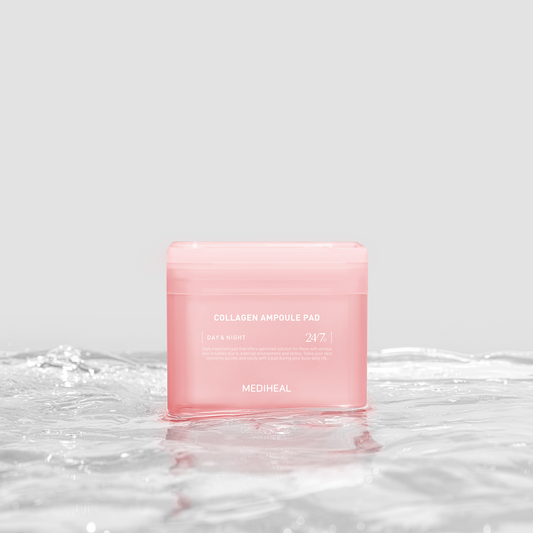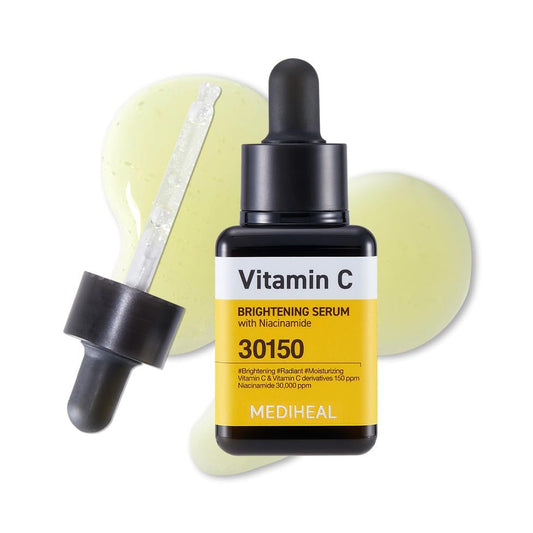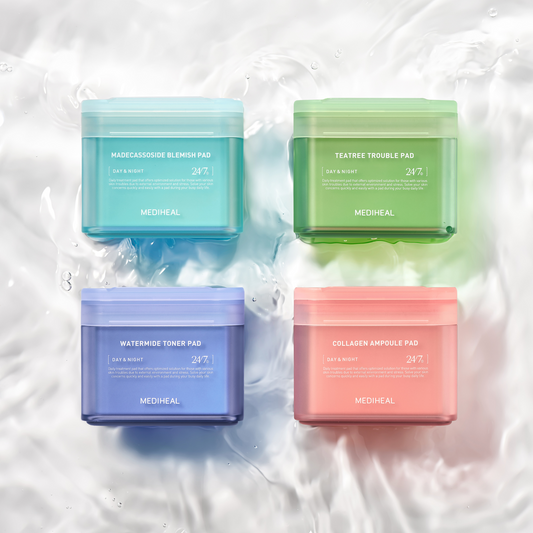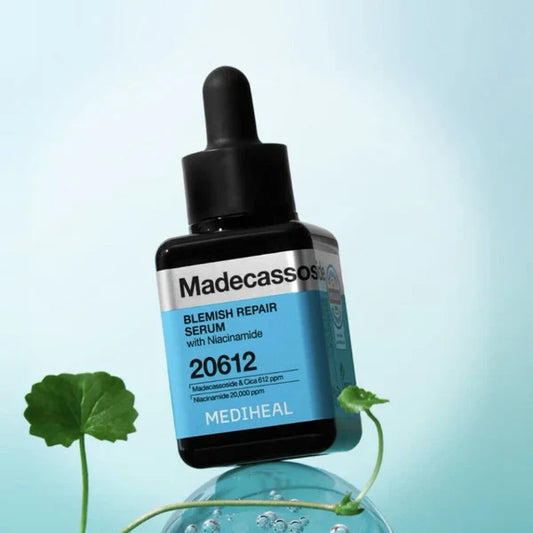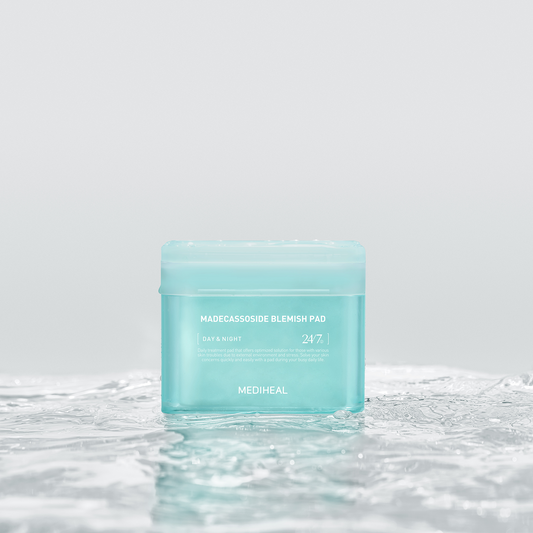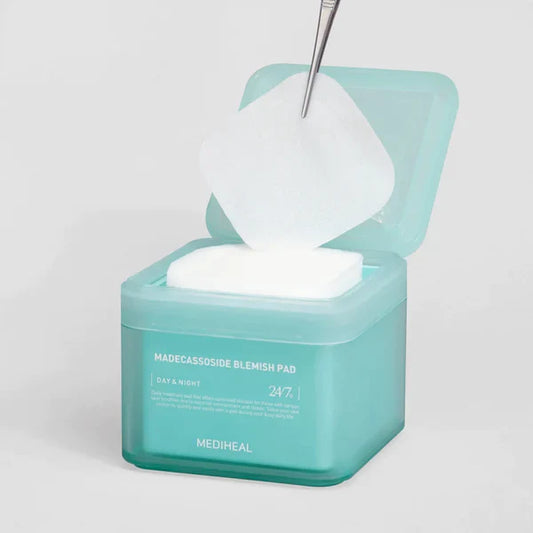Share
Let's be real: In America, we want — and believe we deserve — a quick fix for our acne … and just about everything. "We want a pill, an antibiotic, or a spot treatment as a reaction to ailments," says Zion Ko Lamm, M.D., a board-certified doctor of internal medicine.
Imagine if we took a more holistic approach, though. Preventing breakouts would be our primary focus. We would go to our dermatologist before we lose sleep and tears over pimples, and our skin-care routines would consistently focus on hydration, supporting our skin's moisture barrier, and thorough cleansing.
Well, that's how acne is addressed in South Korea. "When [it] inevitably arises, instead of blasting the damaged area with a harsh acid, the focus remains on prevention," Dr. Ko Lamm shares.

And for days when you want to indulge in a face mask after washing your face, the Mediheal Tea Tree Essential Blemish Control Mask is a top seller in Korea and a favorite among Korean dermatologists. It zaps away sits with willow bark extract and tea tree leaf extract while calming skin with cica, allantoin, and chamomile. Implement this in place of your serum step, and follow up with moisturizer.
How Korean Dermatologists Typically Treat Acne

Just perusing K-beauty products available in America, you'll notice acne-focused formulas are incredibly gentle compared to those from Western beauty brands. They tend to feature hydrating, calming ingredients, like niacinamide, green tea, hyaluronic acid, and Centella asiatica (aka cica), says Dr. Y. Claire Chang, a board-certified dermatologist at New York City's Union Square Dermatology, tells Allure. (She also spends several months a year in Seoul.)
...

